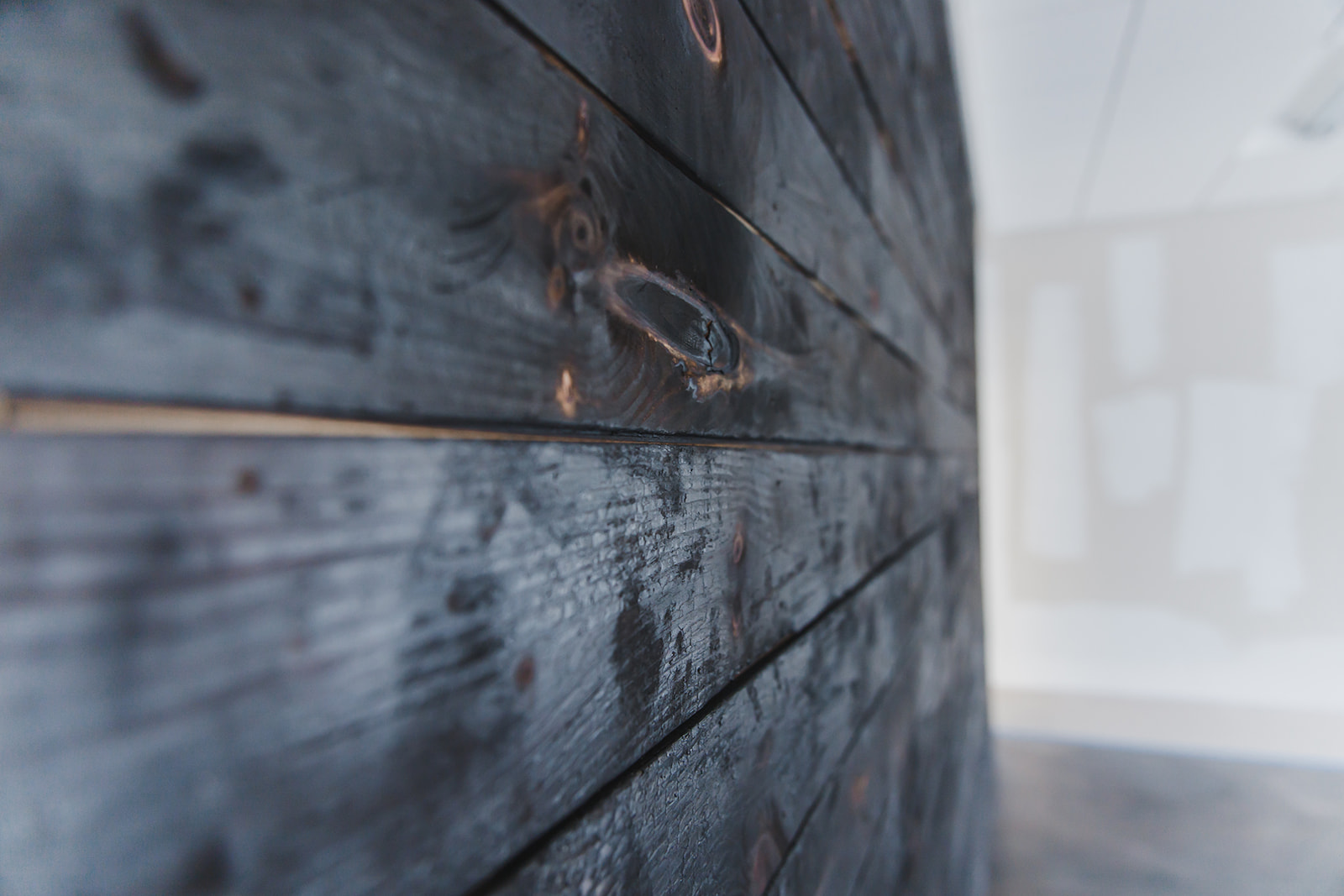
03 Apr Shou Sugi Ban
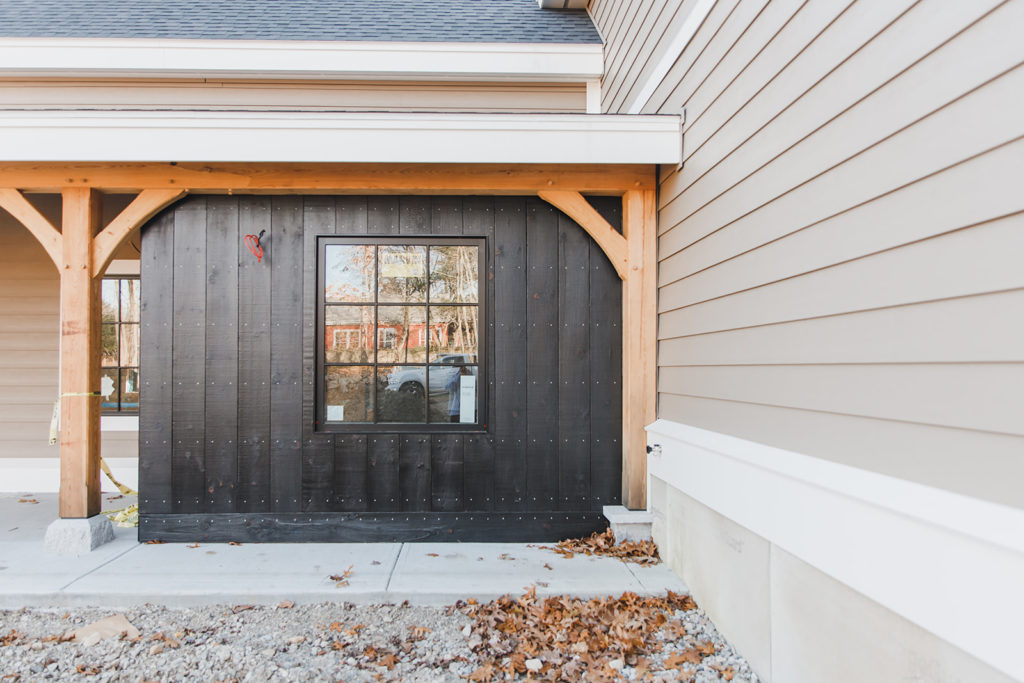
Shou sugi ban used for the exterior of the vestibule at Boston Honey Company in Holliston, MA.
If you follow our social media, you may have noticed the trend of black and burnt looking wood in several of our projects lately. No, this is not the result of workplace accidents, but instead the use of a Japanese preservation technique called shou sugi ban.
shou sugi ban (焼杉板)
Shou sugi ban, also referred to as yakisugi, is a preservation technique, originating in Japan during the 18th century. Traditionally, cedar planks were charred on the surface, then rubbed with natural oil, rendering them waterproof and weather resistant.
Although it is possible to complete the technique with most types of wood, cryptomeria japonica, also known as Japanese red cedar, was chosen for its ability to withstand the heat of a deep burn. Wood properly preserved using this method becomes resistant to not only the elements, but pest infestations, rot, and fire as well. With these sorts of results, it is surprising that present day shou sugi ban exteriors are few and far between.
Thanks to modern day architect, Terunobu Fujimori, located in Japan, shou sugi ban has slowly been on the rise once again over the past few decades. His famous structures, such as Too Tall Tea House (2003), Roof House (2009), and Charred Cedar House (2007) all feature elements of charred cedar boards. Fujimori gained notoriety for his eccentric creations and inspired the western world to utilize long forgotten techniques once again.
- Photo from dwell.com
- Too Tall Teahouse – Image from dezeen.com
- Photo from dwell.com
Shou Sugi Ban Today
The deep black appearance, accentuated wood grain, and crocodile texture provide an unmatched aesthetic, that today’s contemporary designers just can’t get enough of (including us). Much like reclaimed wood, the authentic appearance creates a product that is truly individual and unique.
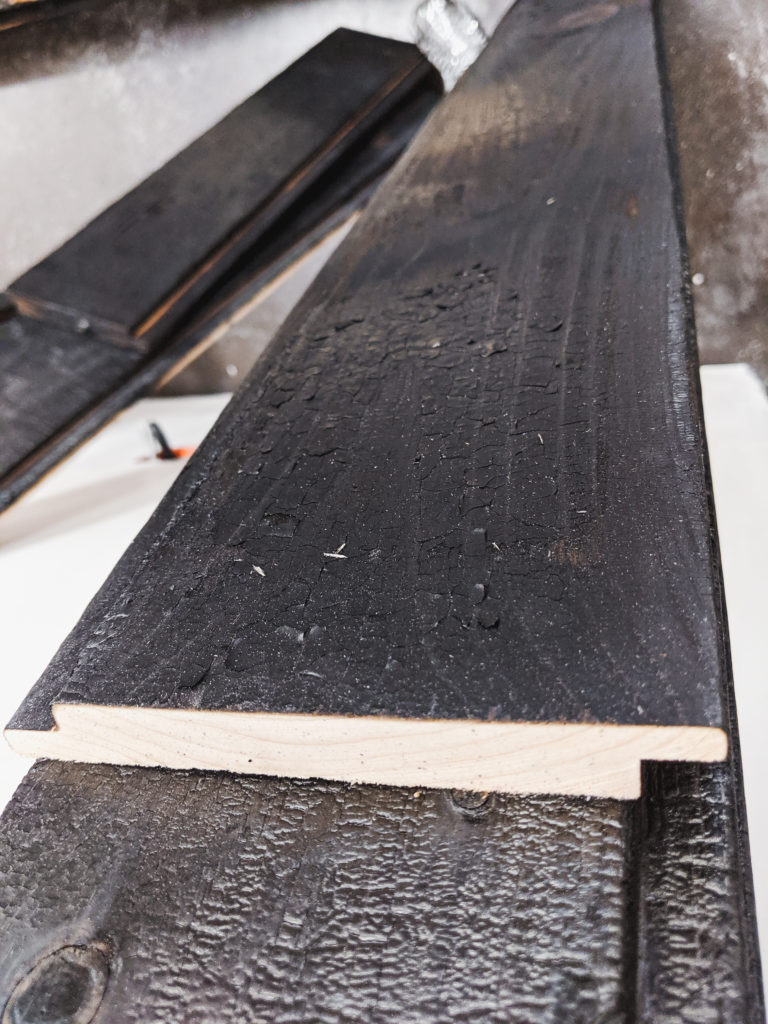
View of shou sugi ban clapboard before we installed it.
Modern shou sugi ban practices are found in exterior applications, interior wall cladding, ceiling cladding, flooring, artworks, and custom furniture.
Since, modernized shou sugi ban is often utilized for its appearance, rather than its function, you may see applications in a spectrum of charring. A light burn may be used for the purpose of simply emphasizing the natural grain of wood while a deep full burn follows traditional appearances.
We have personally utilized this technique on commercial sites, residential projects, in our office space, personal home, and in custom furniture. Like I said, we really can’t get enough.
If you are looking for an accent wall with a little more character, custom furniture that is sure to thrill, or a traditional alternative to home exteriors, we’d love to chat with you.
Disclaimer:
Although shou sugi ban may seem like a fun weekend warrior project, anything that involves a flame thrower, should probably be left to professionals. If you decide you rather not heed that warning, please take proper precautions and never char indoors.
Sources:
Dwell.com, Shousugiban.com, resawntimberco.com, dezeen.com



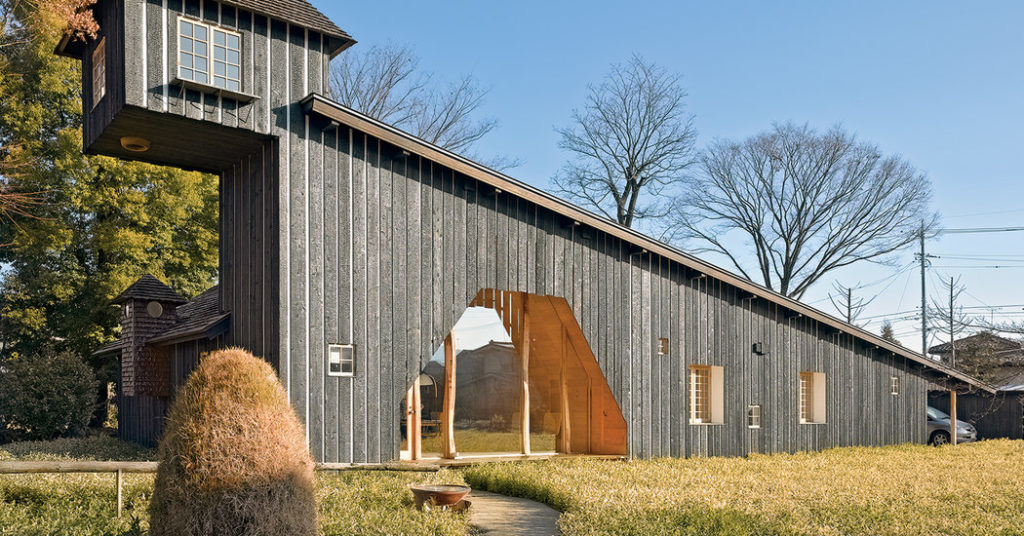

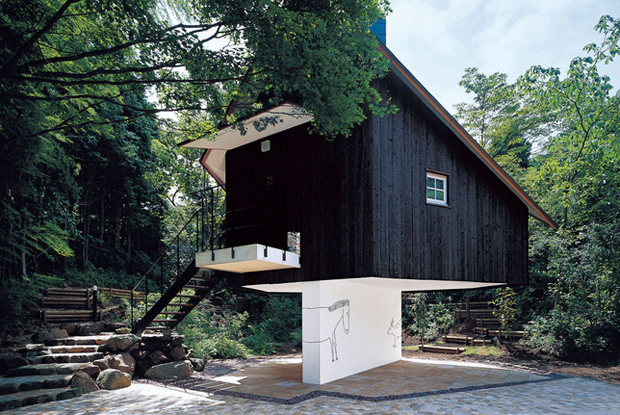
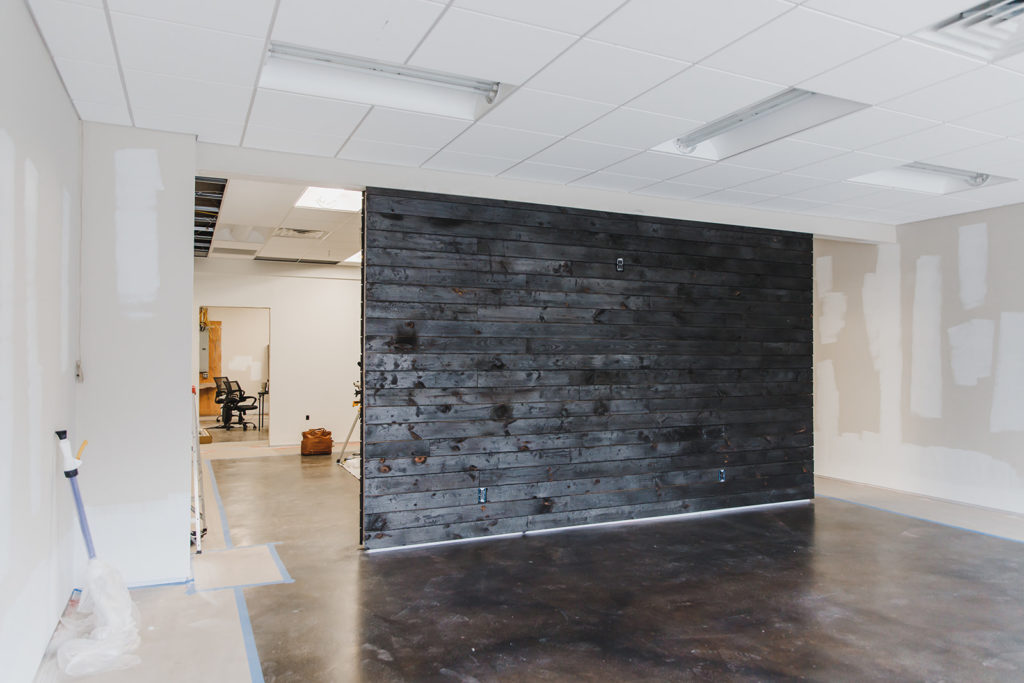
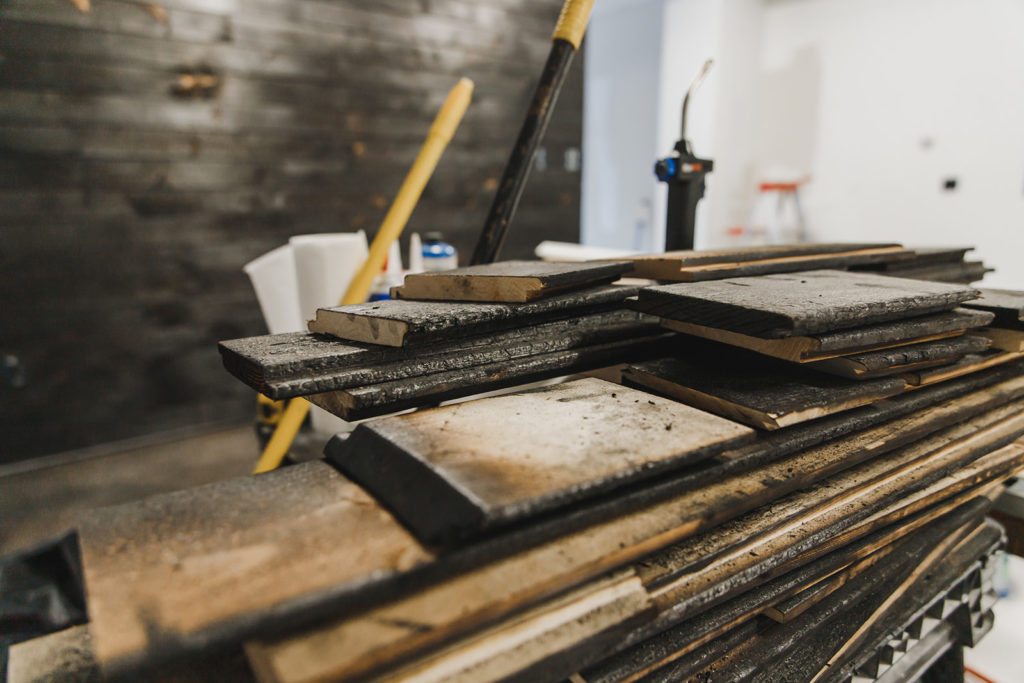
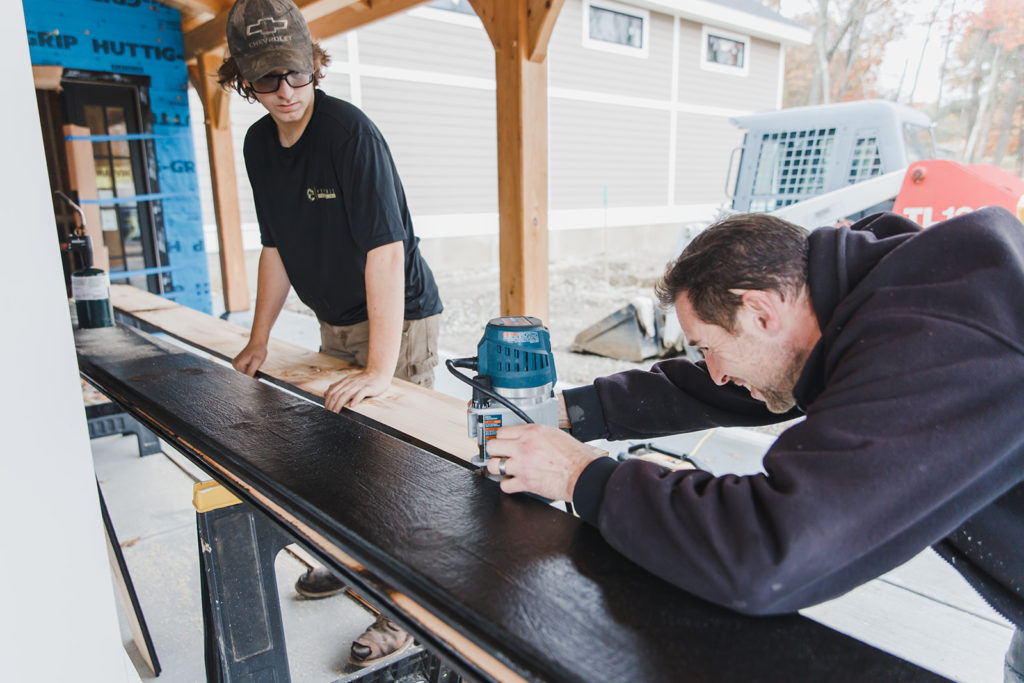
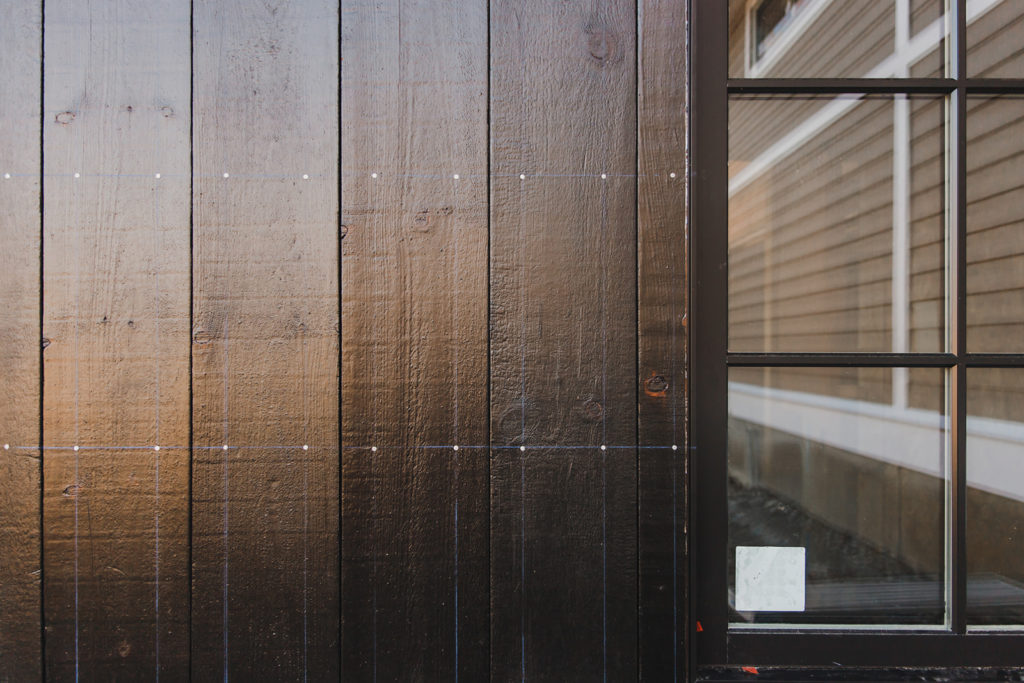
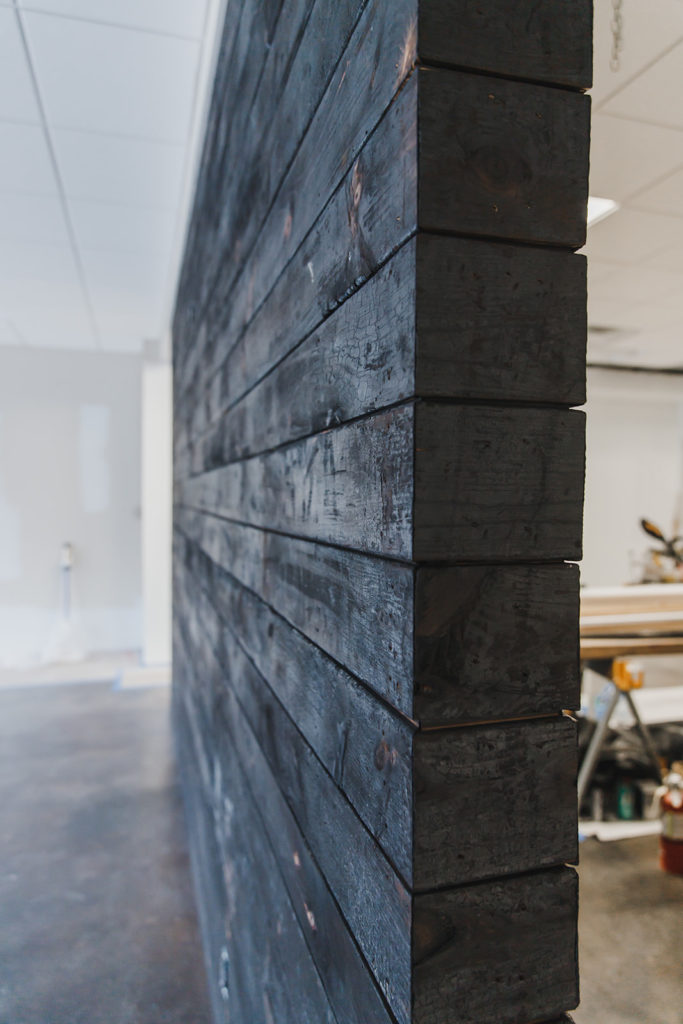
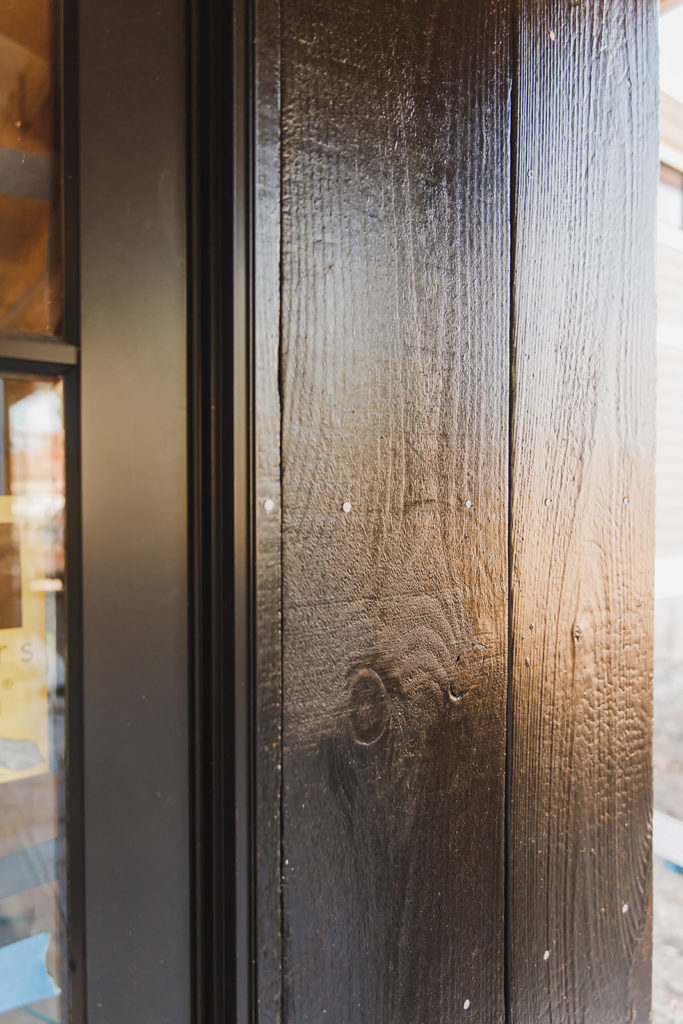
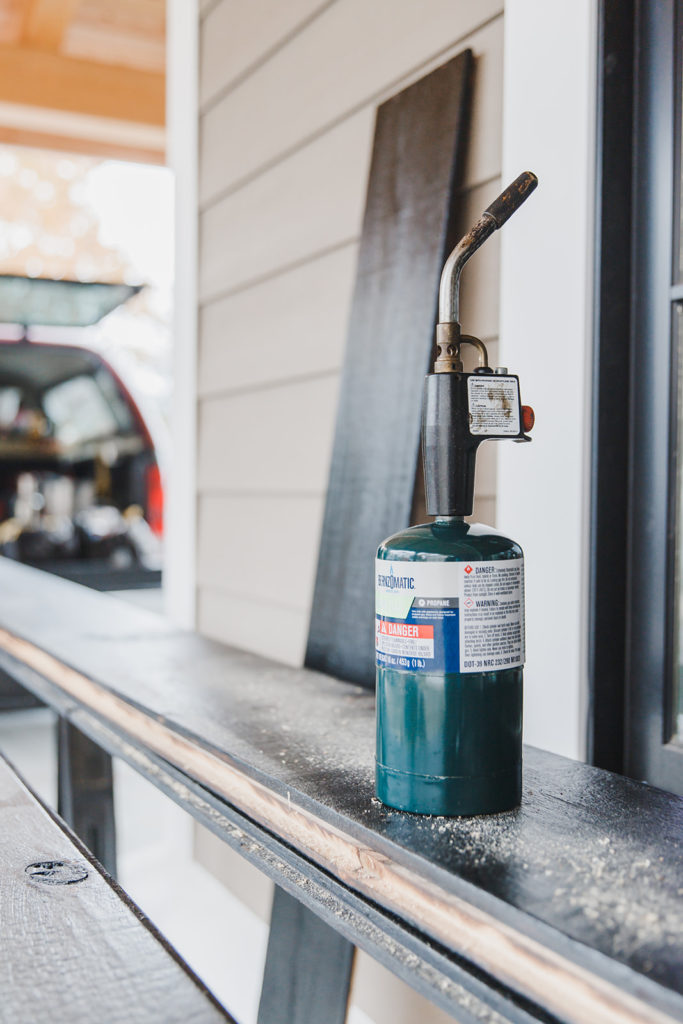
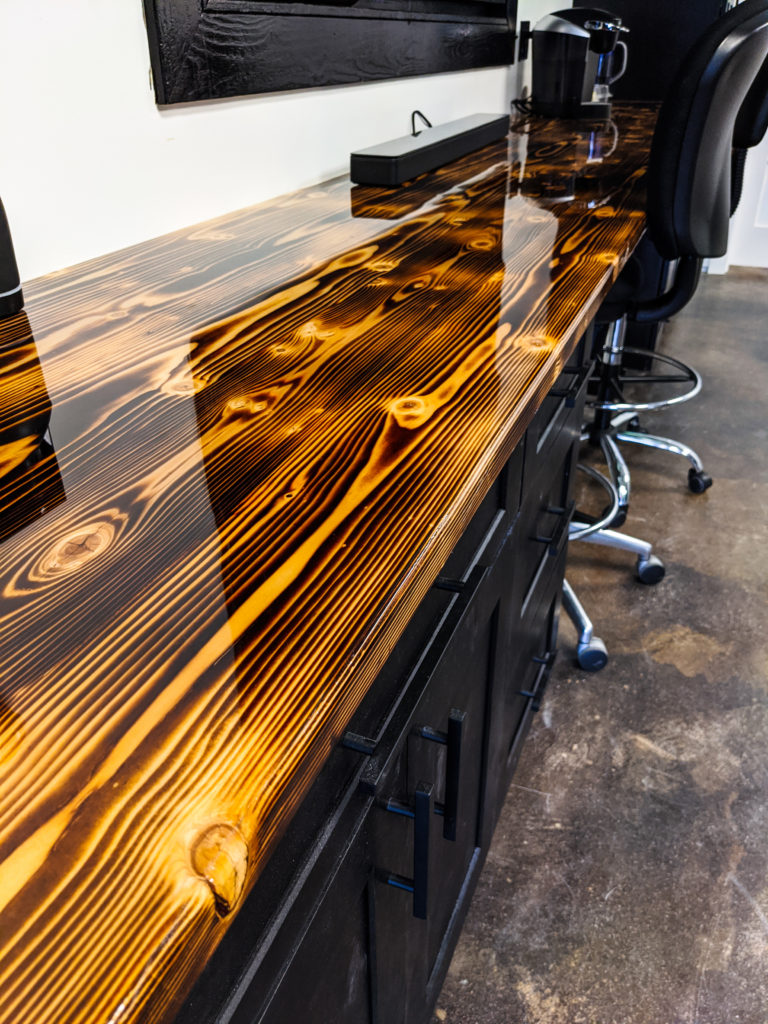
Sorry, the comment form is closed at this time.